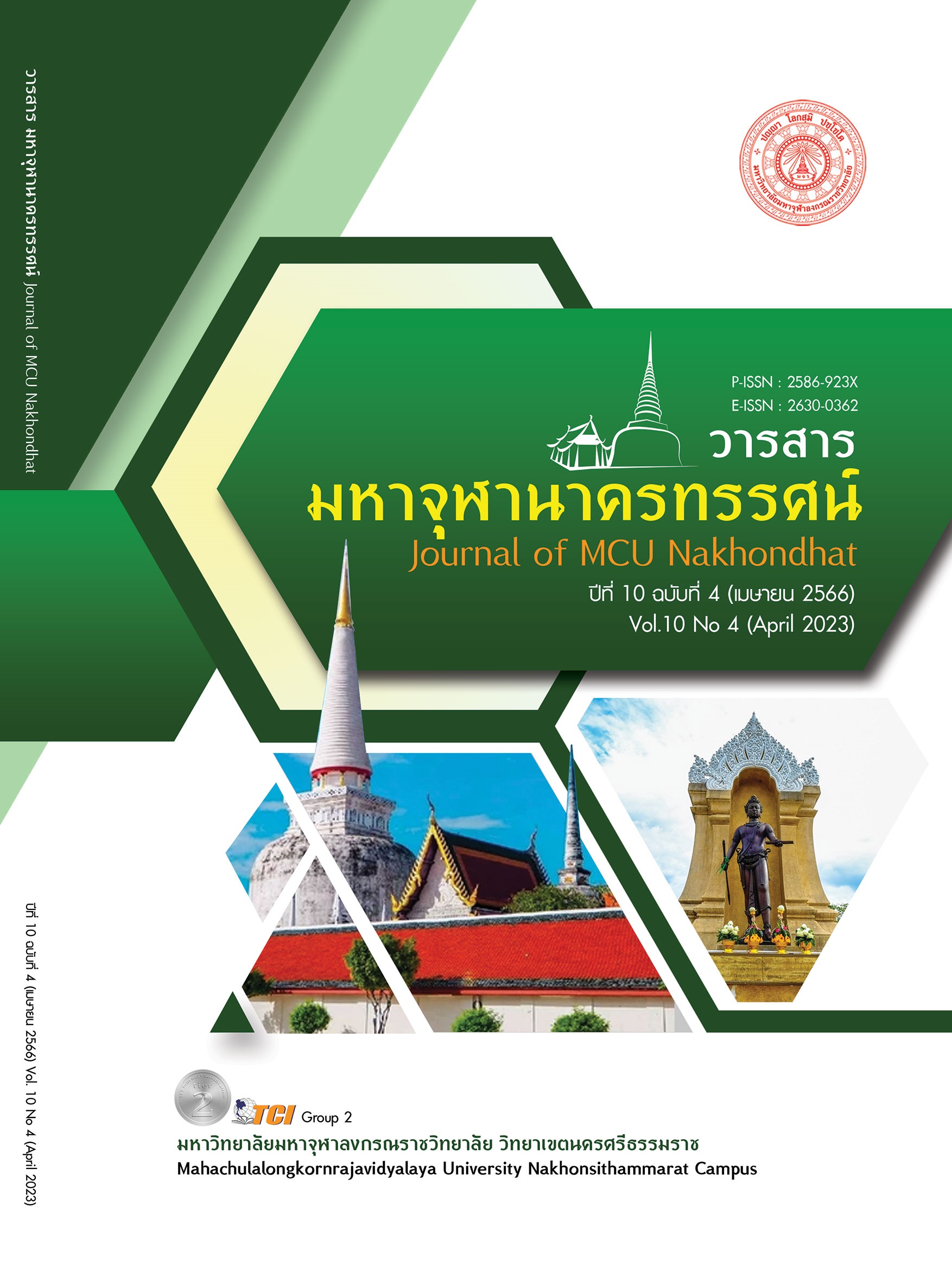HOW TO USE THEORIES FOR MANAGERIAL ACTIVITIES IN THE PUBLIC AND PRIVATE ORGANIZATIONS
Main Article Content
Abstract
The main objective of this research was to ascertain the methods of making use of theories deemed suitable for management in the public and private organizations. The study was qualitative in character; the required data were derived from three sources: documents, non-participant observations and in-depth interviews with 8 key informants. With regard to the key informants, they were retired high ranking officials and some topflight businesspersons. All of them had the wealth of insightful information about administrative practices in the public and private sectors. The collected data were analyzed by means of categorizing systematizing, synthesizing, narrative describing and logical analyzing. The qualitative data analysis brought to light the facts specified below. About 100 theories could be used for managerial or administrative purposes. But only a small number of theories were used by managers or administrators. The most commonly used theories seemed to be the theory of bureaucracy, the theory of new public management and the theory of hierarchy of needs. Concerning the method of using the theory of bureaucracy, administrators should adhere to the merit system when appointing or promoting their subordinates and should focus on the division of work. With regard to the use of the new public management theory, administrators should have the entrepreneurial spirit and should collaborate and work with the nonprofit and private sectors to achieve social goals. With respect to the theory of hierarchy of needs, administrators should give top priority to satisfy the biological and physiological needs of their employees.
Article Details

This work is licensed under a Creative Commons Attribution-NonCommercial-NoDerivatives 4.0 International License.
References
Creswell, J.W. (2009). Research Design. Thousand oaks, California: SAGE Publications Inc.
Denhardt, R. B. & Jennet, V. D. (2000). The New Public Service. Public Administration Review,
(6), 549-559.
Denzin & Lincoln. (1994). Handbook of qualitative research. Urbana-Champaign: Sage Publications.
Fayol, H. (1967). General and Industrial Management. London: Pitman Publishing Inc.
Henry, N. (2004). Public Administration and Public Affairs. Upper Saddle River, NJ: Pearson Education.
Hood, C. (1998). The Art of the State: Culture, Rhetoric and Public Management. Oxford: Clarendon Press.
McGrath, J. & Bates, B. (2017). The Little Book of Big Management Theories. New York: Pearson.
Niyomyaht, S. (2008). Theories That Can Be Used in Public and Business Research. Bangkok: Bangkokthonburi University.
Rudner, R. S. (1966). A Philosophy of Social Science. Englewood cliffs, NJ: Prentice Hall.
Sekaran, U. (2013). Research methods for business. Hoboken, NJ: John Wiley and sons, Inc.
Winton U. S. (1977). Redeem The Time. Urbana Champaign: University of Illinois Press.


